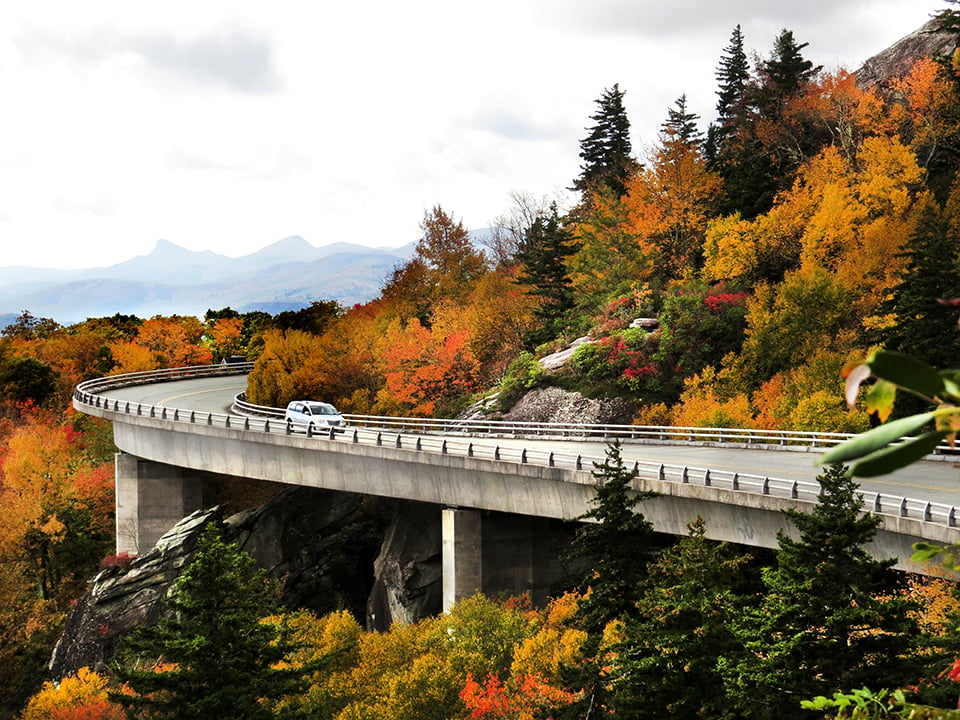As the National Park Service enters its 101st year protecting America's wild places, park staff and visitors reflect on the purpose, costs, benefits, and legacies of these public lands, and ask: Can parks save the world?
By Danielle Taylor
Parks do much more than just provide a backdrop for our vacation photos — they employ hundreds of thousands of Americans, provide data and context for scientific discoveries, advance social initiatives, support their surrounding communities, and promote tourism by attracting visitors from across the globe.
Yet some politicians and private investors see their primary value in terms of the extractable resources underneath and commercializing each acre for profit. Tellingly, these exact threats prompted the initial movement for a protective system of public lands more than a century ago.
The national park system has grown from a handful of tracts in 1916 to today’s 417 distinct units that attract over 330 million visitors each year.
The unquantifiable worth of this collective American birthright includes protection of our national history and preservation of our cultural heritage. Parks educate and motivate our children, clean the air we breathe and the water we drink, furnish an equal playing field, provide a sanctuary for humans and animals alike, and inspire wonder in our citizens.
Facing climate change, budget woes, and threats to commercialize and sell off public lands, will our national park system survive the next century?






